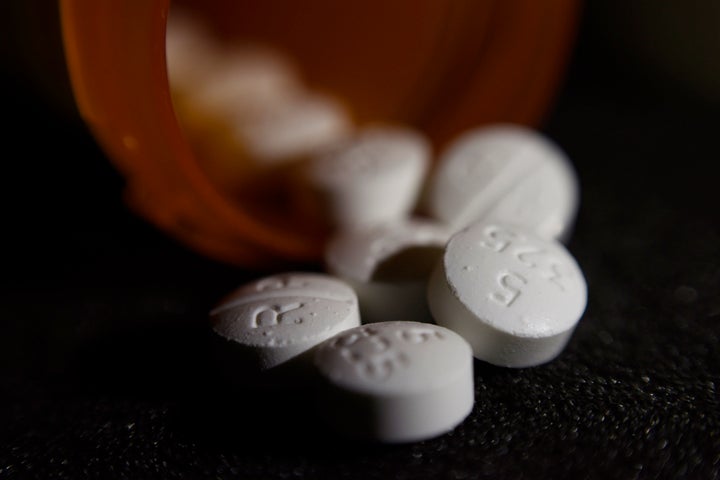
When the Centers for Disease Control and Prevention reported last fall that U.S. life expectancy had suffered the longest running decline since World War I, experts pointed to rising suicide and overdose rates as two of the forces behind that drop. What didn’t make headlines: Some fatal overdoses are also suicides.
“Overdose and suicide are being treated as separate problems, but there is overlap in the causes that are driving increases in both,” said Amy Bohnert, an associate professor of psychiatry at the University of Michigan and the lead author of an article on opioid overdose and suicide published last week in The New England Journal of Medicine.
“The overdoses that are considered unintentional are a bigger driver, but suicides are contributing to the declining life expectancy as well,” she added.
According to the article, which analyzed CDC data from 2000 to 2017, about 10 percent of suicides were from intentional overdose. And of those, a third involved opioids.
In that period, deaths from suicide rose 60 percent, from 29,319 to 47,173, and the opioid-related suicide rate nearly doubled. In 2017, 1,887 Americans died of reported intentional opioid overdoses.
And that might be an underestimate.
A suicide note or a previous suicide attempt can be an indication that a drug overdose was intentional. But in the absence of such evidence, medical examiners may default to classifying an overdose as unintentional, which has led public health researchers to theorize that drug suicides are being undercounted.
An op-ed published in The New England Journal of Medicine in April, for example, estimated that as many as 30 percent of opioid overdoses may be suicides rather than unintentional deaths.
The article explains that it’s difficult to identify intent behind fatal overdoses.
There’s an art to death investigation, said Dr. Jonathan Lucas, Los Angeles County’s chief medical examiner-coroner, particularly when it comes to determining whether to classify deaths as suicides.
“People can be spontaneous,” he said. “There’s no way to look inside their head right at the moment that they are injecting.”
Intent can be so ambiguous that even some people who survive a drug overdose can’t resolve whether their O.D. was planned or unplanned.
“Many of the things that could lead to someone becoming suicidal, such as depression and stressful life events, could also lead to someone making riskier choices with substance use that could increase the risk of an unplanned overdose,” Bohnert said.
Physical and psychological pain are the main roots of these overlapping crises of suicide and overdose and are complex ones to address. Research has established a link between chronic pain and suicide, as well as between high rates of opioid prescription and suicide. The April op-ed cited data showing that people using opioids regularly “were about 75 percent more likely to make suicide plans and twice as likely to attempt suicide as people who did not report any opioid use.”
Researchers also point to social factors that may lead to opioid use (and opioid use disorder) — such as a lack of economic opportunity and social isolation — as well as the widespread availability of opioids from increases in prescriptions and synthetics.
The possible underreporting of intentional overdose is “a huge deal,” said Dr. Maria Oquendo, the lead author of the April NEJM op-ed and a psychiatry professor at the University of Pennsylvania’s Perelman School of Medicine, especially with respect to prevention.
“The interventions for accidental overdose are going to be really different from suicide interventions,” she said. “If somebody is suicidal, giving their family Narcan is a step too late. You really want to have them receive treatment that targets their suicidal behavior specifically.”
If you or someone you know needs help, call 1-800-273-8255 for the National Suicide Prevention Lifeline. You can also text HOME to 741-741 for free, 24-hour support from the Crisis Text Line. Outside the U.S., please visit the International Association for Suicide Prevention for a database of resources.
